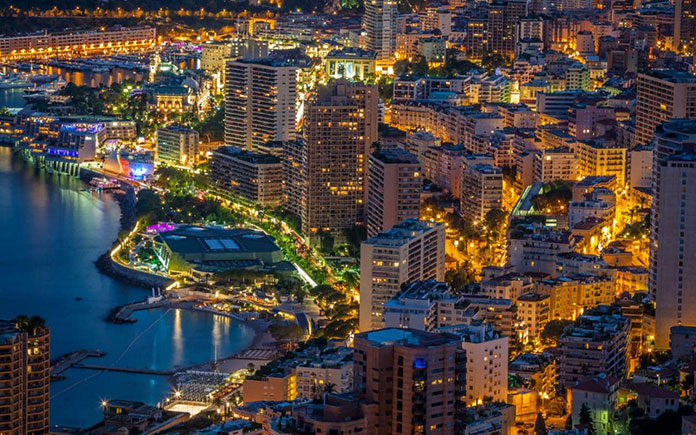 From the exclusive Hôtel de Paris to the Monaco F1 Grand Prix, the Mediterranean city of Monte Carlo is a byword for European glitz and glamour. More millionaires are packed into this tiny principality than almost any other location in the world, and the marina is a berth of choice for all discerning superyacht owners.
From the exclusive Hôtel de Paris to the Monaco F1 Grand Prix, the Mediterranean city of Monte Carlo is a byword for European glitz and glamour. More millionaires are packed into this tiny principality than almost any other location in the world, and the marina is a berth of choice for all discerning superyacht owners.
However, it wasn’t always this way. As recently as 1850, the area that would give birth to this opulent resort was little more than parched wasteland and scrub, with a few dilapidated buildings and a hotel teetering on the brink of bankruptcy.
 How did such a dramatic transformation take place in such a short space of time? The answer is legalized gambling, and this is the topic tackled in a new book, Making Monte Carlo: A History of Speculation and Spectacle, by Mark Braude, lecturer in French, Italian, and History at America’s prestigious Stanford University.
How did such a dramatic transformation take place in such a short space of time? The answer is legalized gambling, and this is the topic tackled in a new book, Making Monte Carlo: A History of Speculation and Spectacle, by Mark Braude, lecturer in French, Italian, and History at America’s prestigious Stanford University.
Monaco is an independent principality on the border of the French Riviera and the Ligurian Coast of Italy. It has been ruled by the Grimaldi family for over 800 years, and for most of that time it made about as much of a historical impact as could be expected from a state covering only half the area of Manhattan’s Central Park.
However, in 1855 the royal family legalized gambling as a means of raising funds, and hired French entrepreneur François Blanc to increase the city’s reputation and boost casino custom. In doing so, the Grimaldis set in motion a process which would serve as the template for later casino resorts from Las Vegas to Macau.
At that time, gambling was mostly illegal across southern Europe. In the few places it was openly practiced, it was usually a private pastime for the nobility. Huge sums were wagered for entertainment, with the money mainly passing from player to player in an effectively zero-sum game. Blanc decided to change that.
He revamped the principality’s existing casino, making use of gambling’s new legal status to set up open gaming tables where people of lesser wealth could play for more realistic stakes. The crucial difference was that the ‘house’ now began to play a more active role in games from roulette to blackjack, with the odds engineered to guarantee a slow but steady transfer of funds from the gamers to the casino operators, and hence to Monaco’s ruling family.
This newly democratized form of gambling proved wildly popular, but Blanc knew that it was an easy model to copy, so he set about using the considerable betting income to fund the development of an entire resort around the casino. Before long, the city had gained a seaside promenade, thermal baths, an opera house, grand hotels, and pristine landscaping of public areas. The outcome was that although gambling remained the main draw, there was plenty to occupy companions without an affinity for the table, and the resort become a respectable – indeed desirable – place to visit.
As the years passed, the city’s focus gradually broadened outwards from pure gambling, as the other facilities grew in stature. Although the historic casino remains highly popular and profitable, the resort is now just as famous as an exclusive vacation resort, a tax haven, and a gathering point for the world’s wealthiest socialites. It has truly been a remarkable transformation, and for those with an interest in both history and luxury, Mark Braude’s book is essential reading.













